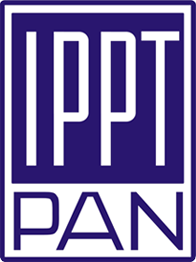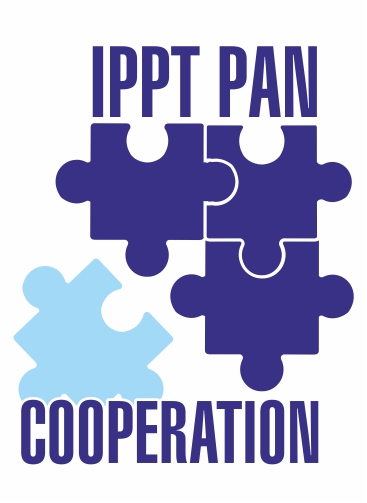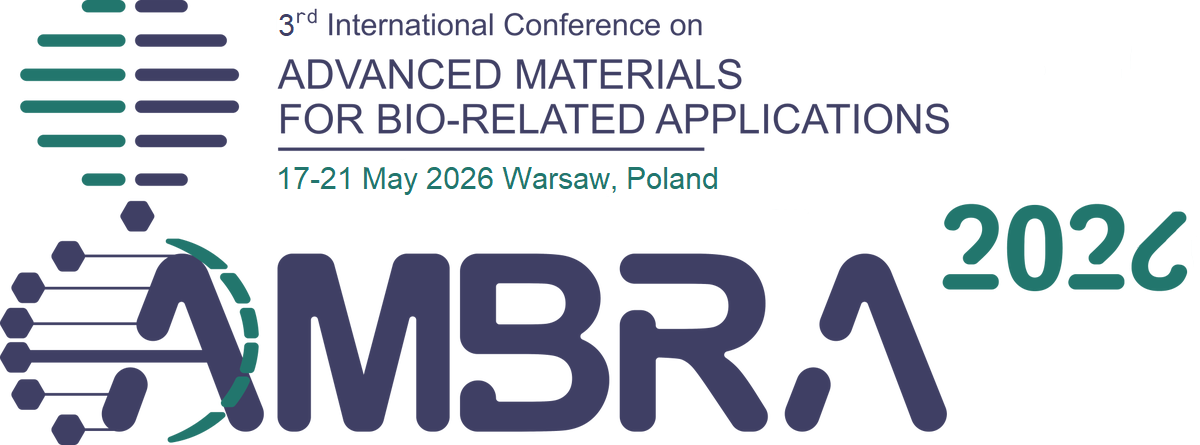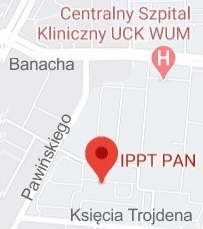| 1. |
Haponova O., Tarelnyk V.♦, Tarelnyk N.♦, Laponog G.♦, Investigation of Aluminum Electrospark Alloyed Coatings on Steels,
METALLURGICAL AND MATERIALS TRANSACTIONS A-PHYSICAL METALLURGY AND MATERIALS SCIENCE, ISSN: 1073-5623, DOI: 10.1007/s11661-025-07908-z, Vol.56, pp.4204-4229, 2025 Abstract:
The paper presents a study of the structure-phase state of aluminised coatings obtained by the electrospark alloying (ESA) method. The influence of the discharge energy and the productivity of the treatment process on the thickness of the hardened layer, its microhardness, continuity and surface roughness of C20 and C40 steels has been studied. It is shown that the structure of ESA coatings consists of a white layer, a diffusion zone and a substrate metal. Increasing the discharge energy during ESA leads to a change in the chemical and phase composition of the layer. With a 2-fold decrease in ESA productivity, the thickness of the “white” layer increases to 75 to 110 µm, its microhardness to 7450 MPa; the continuity of the coating tends to 100 pct. With a 4-fold decrease in ESA productivity, the thickness of the ‘white’ layer also increases, but not intensively, to 60 µm at Wp = 4.6 J and then does not change; at the same time, the surface roughness Ra increases to 8.1 to 9.0 µm and the continuity is 95 pct. A 4-fold decrease in process productivity contributes to the deterioration of coating quality parameters and an increase in roughness. The study of the influence of the energy parameters of ESA, as well as the alloying time (‘productivity’) of the process, is important for the improvement of hardening technology. The paper proposes a mathematical model for predicting the coating parameters taking into account the processing time of a given plane to be alloyed, i.e., the labour intensity of the ESA process (the value of the inverse productivity). The equations of the mathematical model and methods for determining the constants of the equations for predicting the parameters of the alloyed layer have been obtained. An algorithm has been developed and the adequacy of the mathematical model has been verified, which allows the prediction of the main technological parameters of ESA in order to obtain a coating with the specified quality indicators. Affiliations:
| Haponova O. | - | IPPT PAN | | Tarelnyk V. | - | Sumy National Agrarian University (UA) | | Tarelnyk N. | - | Sumy National Agrarian University (UA) | | Laponog G. | - | other affiliation |
|  |
| 2. |
Haponova O., Tarelnyk V.♦, Mościcki T., Zielińska K., Myslyvchenko O.♦, Bochenek K., Garbiec D.♦, Laponog G.♦, Jasinski J.J.♦, Improving the Wear Resistance of Steel-Cutting Tools for Nuclear Power Facilities by Electrospark Alloying with Hard Transition Metal Borides,
Materials, ISSN: 1996-1944, DOI: 10.3390/ma18215005, Vol.18, No.21, pp.1-17, 2025 Abstract:
This study focuses on improving the wear resistance of cutting tools and extending their service life under intense mechanical, thermal, and radiation loads in nuclear power plant environments. This research investigates the potential of electrospark alloying (ESA) using W–Zr–B system electrodes obtained from disks synthesised by spark plasma sintering (SPS). The novelty of this work lies in the use of SPS-synthesised W–Zr–B ceramics, which are promising for nuclear applications due to their high thermal stability, radiation resistance and neutron absorption, as ESA electrodes. This work also establishes the relationship between discharge energy, coating microstructure and performance. The alloying electrode material exhibited a heterogeneous microstructure containing WB2, ZrB2, and minor zirconium oxides, with high hardness (26.6 ± 1.8 GPa) and density (8.88 g/cm3, porosity < 10%). ESA coatings formed on HS6-5-2 steel showed a hardened layer up to 30 µm thick and microhardness up to 1492 HV, nearly twice that of the substrate (~850 HV). Elemental analysis revealed enrichment of the surface with W, Zr, and B, which gradually decreased toward the substrate, confirming diffusion bonding. XRD analysis revealed a multiphase structure comprising WB2, ZrB2, WB4, and BCC/FCC solid solutions, indicating the formation of complex boride phases during the ESA process. Tribological tests demonstrated significantly enhanced wear resistance of ESA coatings. The results confirm the efficiency of ESA as a simple, low-cost, and energy-efficient method for local strengthening and restoration of cutting tools. Keywords:
electrospark alloying, W–Zr–B electrodes, SPS, coatings, phase composition, microstructure, hardness, steel Affiliations:
| Haponova O. | - | IPPT PAN | | Tarelnyk V. | - | Sumy National Agrarian University (UA) | | Mościcki T. | - | IPPT PAN | | Zielińska K. | - | IPPT PAN | | Myslyvchenko O. | - | I. M. Frantsevich Institute for Problems in Materials (UA) | | Bochenek K. | - | IPPT PAN | | Garbiec D. | - | Metal Forming Institute, Poznań (PL) | | Laponog G. | - | other affiliation | | Jasinski J.J. | - | other affiliation |
|  |
| 3. |
Haponova O., Tarelnyk V.♦, Konoplianchenko I.♦, Tarelnyk N.♦, Gerasimenko V.♦, Postolatii V.V.♦, Laponog G.P.♦, Study of Antifriction Electrospark Coatings with MoS2 for Face Seal Elements of Nuclear Power Plants,
Journal of Nano- and Electronic Physics, ISSN: 2077-6772, DOI: 10.21272/jnep.17(5).05005, Vol.17, No.5, pp.1-7, 2025 Abstract:
The paper investigated the effect of electrospark alloying (ESA) on the formation of wear-resistant molybdenum disulfide (MoS2) based coatings for use in face impulse seal (FIS) of pumping equipment operating under conditions of high temperatures, pressure, aggressive environments and radiation exposure. The coatings were obtained on samples of austenitic AISI 321 steel. Two sulfomolybdenation methods have been developed: the first method involves the preliminary application of a sulfur-containing paste before ESA processing with a molybdenum electrode; the second one involves applying the MoS₂ powder and subsequent ESA processing with a molybdenum electrode. The microstructure, microhardness, phase composition and tribological properties of the coatings have been investigated. It was established that the formed coating had a structure comprised of three layers. Those are a porous surface layer, a strengthened layer and a diffusion zone. The maximum microhardness reached 1127 HV at Wp = 3.4 J. The results of tribological tests according to the “ball-disk” scheme showed a decrease in the friction coefficient to 0.0078 on samples obtained by the first ESA method. The obtained results confirm the feasibility of using the ESA methods with the inclusion of molybdenum disulfide in order to increase the operational reliability and durability of FIS units under extreme operating conditions. The proposed technologies can be implemented in production of pumping equipment for nuclear, chemical and energy industries Keywords:
Electrospark alloying, Molybdenum disulfide, Face impulse seal, Tribotechnical coatings, AISI 321 steel Affiliations:
| Haponova O. | - | IPPT PAN | | Tarelnyk V. | - | Sumy National Agrarian University (UA) | | Konoplianchenko I. | - | other affiliation | | Tarelnyk N. | - | Sumy National Agrarian University (UA) | | Gerasimenko V. | - | other affiliation | | Postolatii V.V. | - | other affiliation | | Laponog G.P. | - | other affiliation |
|  |


















